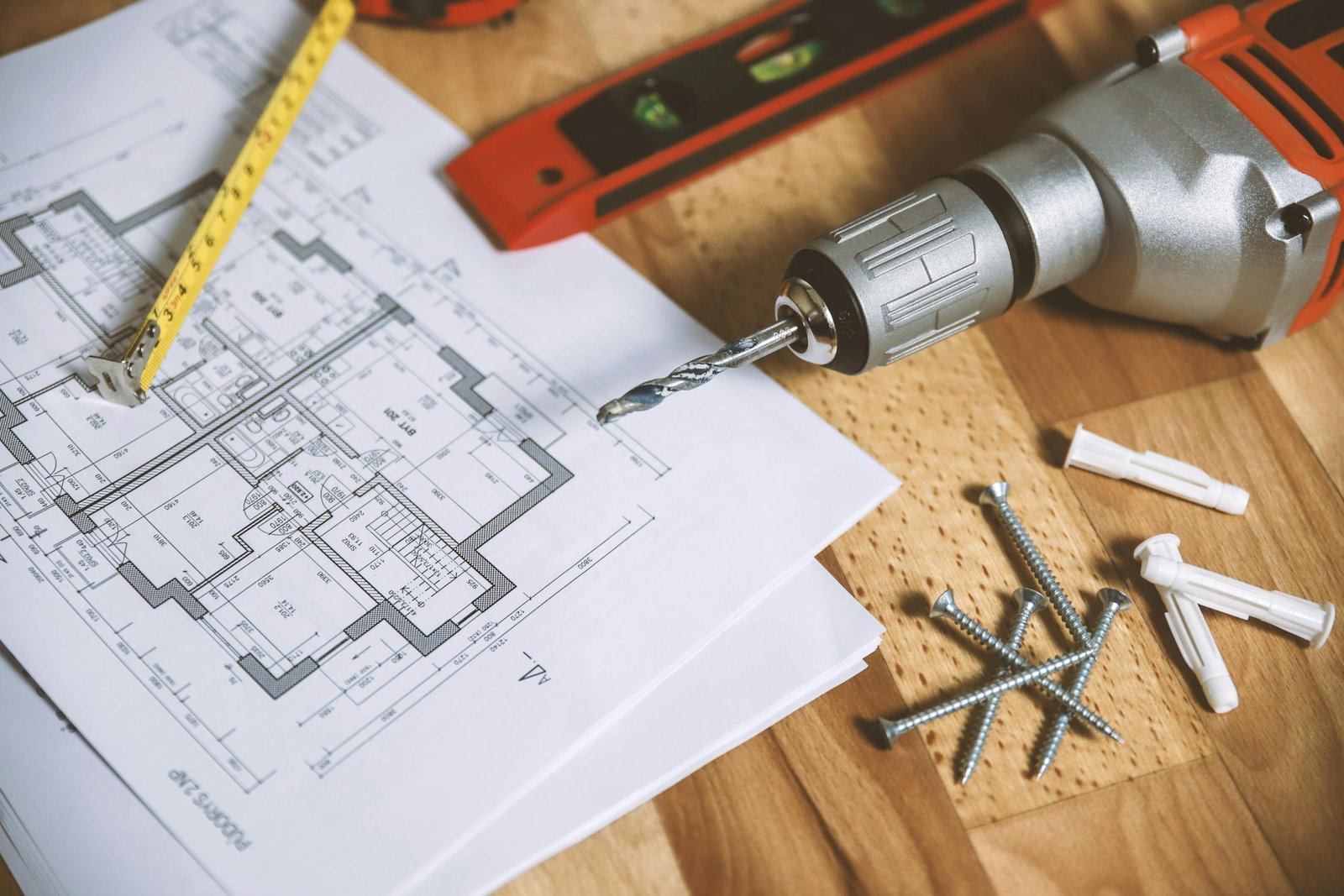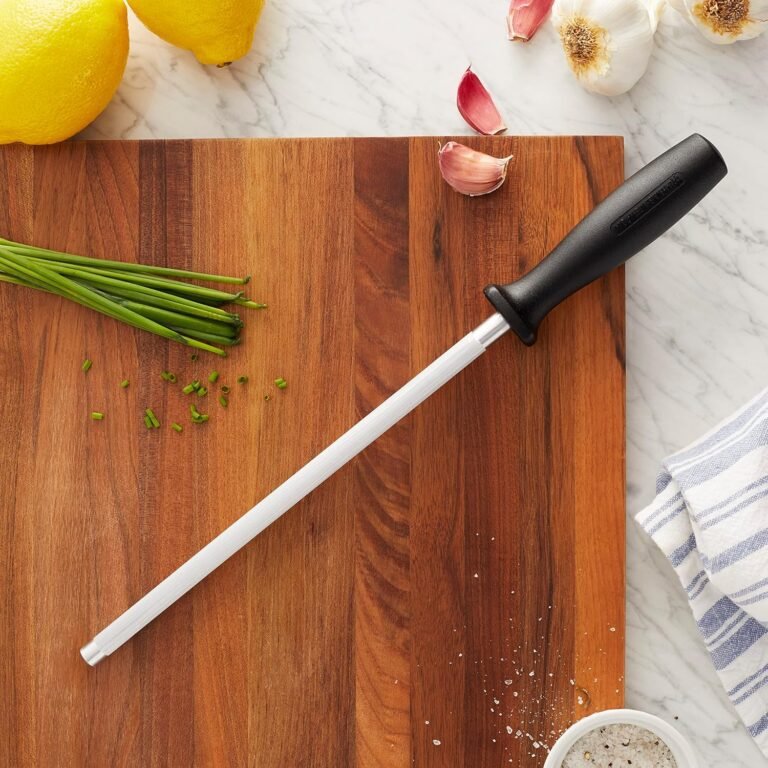What is a Brushless Drill?
Brushless motors have now entered the power tools landscape and amid a steady stream of innovation in the sector, brushless drills have revolutionized how professionals and DIY enthusiasts tackle drilling tasks. Many people are quite familiar with the concept What is a Brushless Drill? brushless motors with cutting-edge technology are a new breed indeed, providing high performance, efficiency, and durability.
Brushless Drill
A brushless drill is a power tool that works with a motor without brushes. However, the brushless motors differ from the brushed motors which make use of physical brushes to route electricity to the rotor as they employ electronic commutation to direct the movement of the rotor. This game changer of the motor design discards brushes and hence produces high efficiency and longevity.
Components of a Brushless Drill
1. Stator:
The stator is what the shaft of the brushless drill stands on. Which is made up an copper wire coils, it does not move when working.
2. Rotor:
In contrast to the stator, the rotor always turns inside the motor station. Utilizing the permanent magnets as its main function, it contributes primary magnetism to the spin of the rotor.
the Working Principle
1. Electronic Commutation:
Not like brushed drills that use current transfer through physical brushes, electronic commutation is being utilized by brushless drills. The machine does not use any mechanical components now, hence the control board and sensors are the one that manages the motor operation.
2. Electromagnetic Field Generation:
The basic characteristic of the brushless drill has just been brought into practice by the emission of an electromagnetic field. The circuit board energizes the stator windings in a specific sequential pattern thereby leading to the development of a rotating magnetic field surrounding the rotor.
3. Magnetic Attraction & Repulsion:
The electromagnetic forces that arise from the interaction between the rotating magnetic field and the permanent magnets that are fastened to the rotor give the drill this power. The alternating nature of the energy supply in the stator windings will keep on inducing the magnetic field to continue rotation, which in turn causes the rotor to spin.
4. Sensor Feedback:
To ensure precise control and efficiency, brushless drills are equipped with sensors that monitor the rotor’s position in real time. This feedback loop allows the circuit board to adjust the sequence of stator winding energization, maintaining smooth and consistent rotation.
Applications of Brushless Drills
Construction and carpentry
In the construction and carpentry industries, brushless drills can be regarded as essential devices for important operations including drilling pilot holes, fastener driving, and the construction of structures. Their smaller size and lightweight construction enable them to be used in the most rigid working conditions (for example, tight spaces and around head height).
DIY projects and home improvement
For DIY enthusiasts and homeowners, brushless drills offer the power and precision needed to tackle a wide range of projects, from furniture assembly to home renovations. This power and precision can accomplish any task, from furniture pre-assembly to home renovation. They either drill into wood, metal, or masonry. Nevertheless, the performance and the control they provide the needed for those who want professional-quality results.
Automotive repair and maintenance
In automotive workshops and garages, brushless drills play a crucial role in disassembling and reassembling vehicle components, such as engine parts, body panels, and interior trim. Their high torque output and adjustable speed settings make them indispensable for automotive repair and maintenance tasks.
Factors to Consider When Choosing a Brushless Drill
When selecting a brushless drill, it’s essential to consider several factors to ensure the tool meets your specific needs and preferences.
Power and torque ratings
Analyze the drill’s power output and torque to see if it can be used for drilling holes and driving fasteners. Higher torque washes the drill to handle harder materials and bigger fasteners comfortably.
Battery life and compatibility
Select a brushless drill that features a durable battery and can charge fast to avoid downtime and guarantee productivity. Another aspect is to make sure it is compatible with other tools that the same battery platform offers to allow for added convenience and diversity.
Additional features and accessories
Try to find drills with brushless motors that offer LED work lights, rubberized grips, and adjustable clutch as well, so that you have better control, accuracy, and comfort. It is also necessary to consider adding accessory kits into the package that may include drill bits, screwdriver bits, and other attachments to increase the range of the tool uses.
Advantages of Brushless Drills
1. Increased Efficiency
The main advantage of using brushless drills is that they are more efficient. Because they don’t have dirty brushes, this leads to reduced friction and energy loss which helps the energy efficiency of the system. The higher productivity results in a longer-lasting battery which makes the cordless brushless drills perfect for long times of use.
2. Reduced Maintenance
A traditional brushed motor would require periodic maintenance due to wearing out of brushes. On the contrary, brushless motors replace the brush itself, reducing the amount of maintenance by a great margin. In this way, time and energy are saved and the drill is also lasting longer.
3. Extended Lifespan
Because of their good designs and little or no wear, brushless drills normally work longer than brushed drills which are not well-built and lead to more wear. Under appropriate working and maintenance conditions, brushes may drag for many months or years, giving a reason to purchase the tool.
4. More Power
Those without brushes provide more power than brushed motors of comparative size. This additional power is exactly what you need when it comes to drilling into materials that are very dense or when you want to screw or bolt large fasteners.
5. Lighter Weight
Contrary to the same performance, brushless drills are more weight-friendly compared to brushed drills. This reduced weight will also make them easy to handle and with less fatigue to be experienced during longer use which will ultimately boost comfort and productivity among the users.
6. Quieter Operation
The motor delivers less noise in operation than the brushed motor. This silent operation not only allows for a more peaceful work environment but also mitigates the risk of occupationally inspired hearing damage in the long term.
Disadvantages of Brushless Drills
While brushless drills offer numerous benefits, they also come with a few drawbacks to consider.
1. Higher Cost
The brushless drill also is more expensive compared to the brushed drill in the initial purchase. Brushless drills exhibit a higher technology level and more complex production than brushed motors, making them more expensive to buy. Nevertheless, users often discover that the long-term results are worth more than the money they invested at the beginning.
2. Complexity
The electronic controls needed to be able to control brushless motors can be more complicated than those used in brushed motors. Thus, the reclamation of a brushless drill is closely associated with expertise and tools, hence making it hard to do repairs on your own.
Read Also: How To Hide Purchases On Amazon
Conclusion
To word it in a nutshell, brushless drills are the combination of efficiency, durability, and performance which makes you add the tools to your toolkit. Regardless of their high cost and complexity, such benefits as more power, less maintenance, and extended lifetime investment can be beneficial decisions both for professionals and amateurs.







